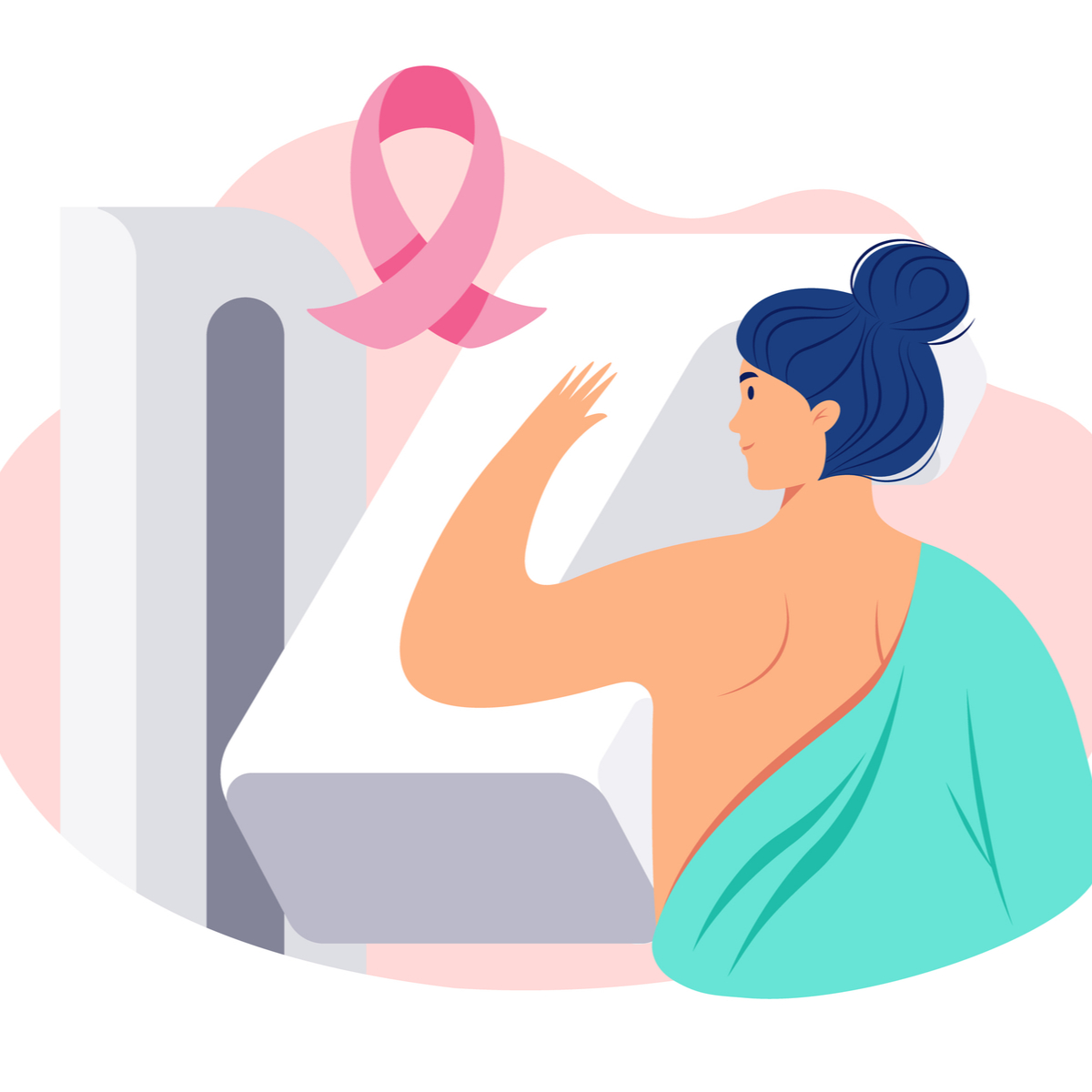Screening mammograms are a very important part of breast cancer diagnosis and prevention as they can detect an abnormality before it becomes cancer, find an additional focus of cancer, and ultimately lead to a diagnosis that will direct treatment. Positive findings on a screening breast exam will lead to additional imaging with a diagnostic mammogram and sometimes an ultrasound or MRI depending on the results. Then based on the results from the diagnostic exam many patients will ultimately end up having a biopsy for tissue diagnosis.
For a mammogram to be a good screening exam it needs to have the ability to detect as many breast cancers as possible when present, termed a high sensitivity, which is about 87%. To accomplish this high sensitivity, there will be some exams that are initially thought to be positive (cancer) but later proven not to be cancer. These exams which test positive initially but later turn out to be non-cancerous are called false positives. For a good screening mammogram, the false positive rate needs to be between 7-12% and is highest when a woman first starts having screening exams. This also means that after 10 years of annual screening exams that there is a 50-60% chance of a false-positive result. Therefore, by the age of 50, many women have had several callbacks for additional imaging or a biopsy which proves to be a false positive.
Knowing that these false positives are necessary to maintain high sensitivity in detecting breast cancer is important. If the false-positive rate is too low, then your radiologist is potentially missing cancers of the breast. Although a call back is stressful as a patient, it is an important part of the process of screening breast mammograms. Contact The Medical Consultant for a second opinion or consult with one of our expert radiologists who only interpret breast imaging and have a sensitivity and false-positive rate which will maximize their ability to detect breast cancer.



